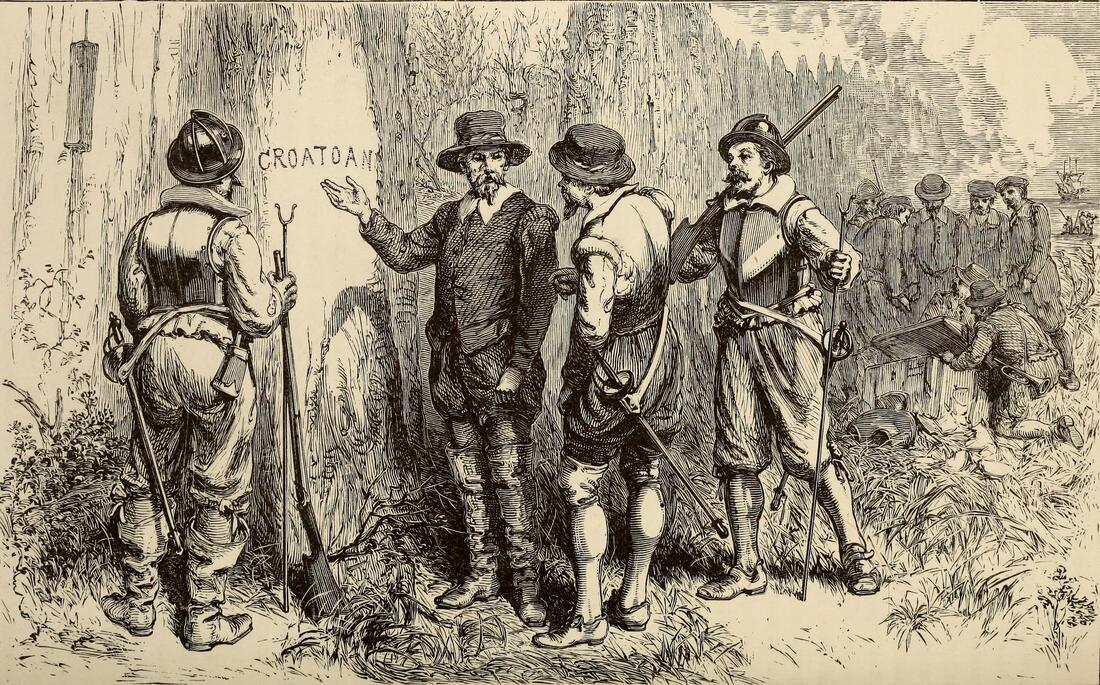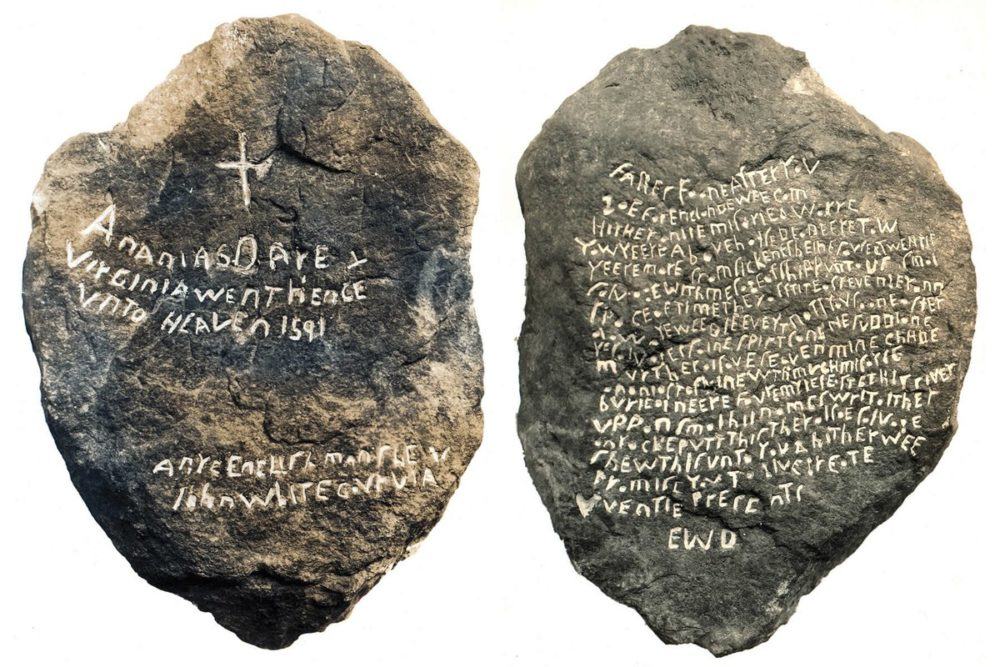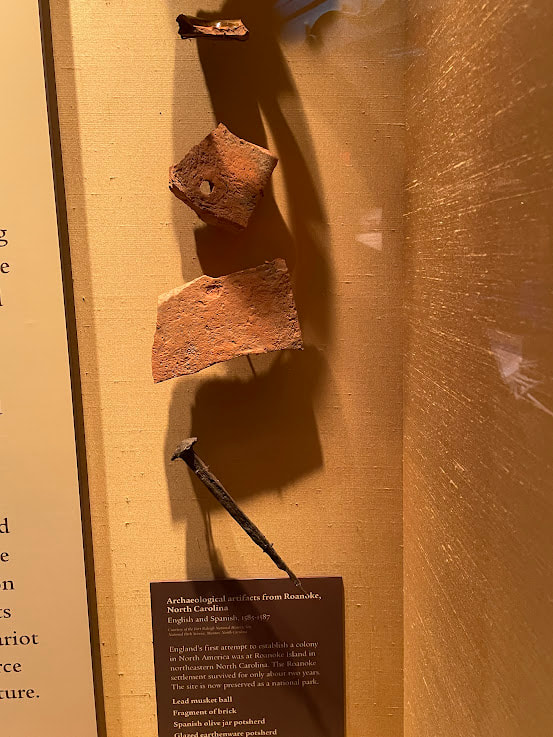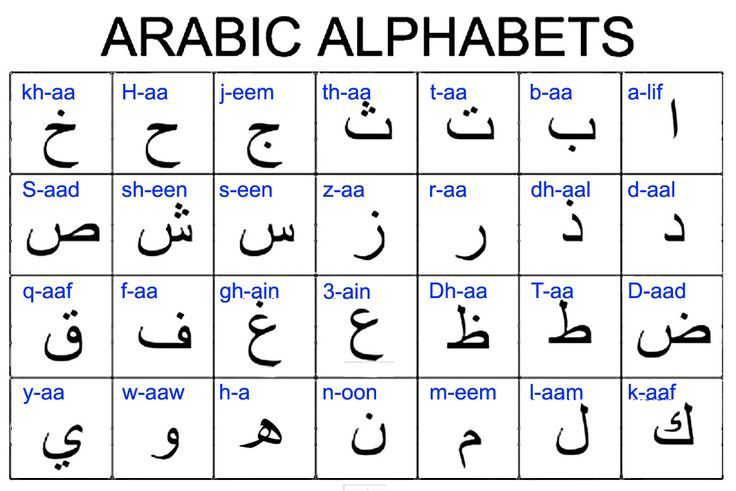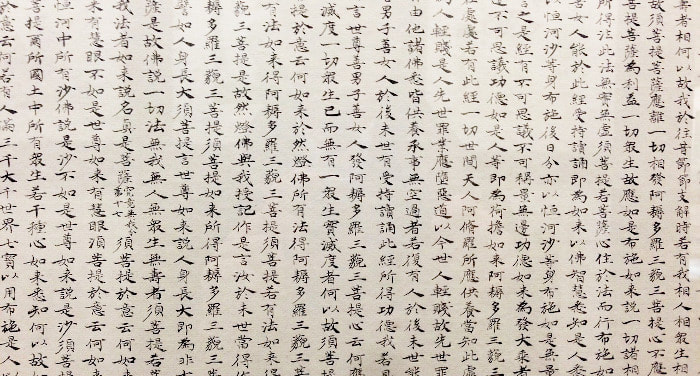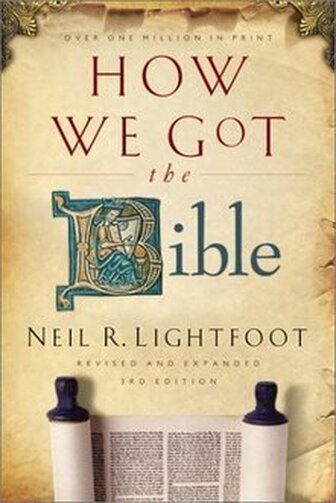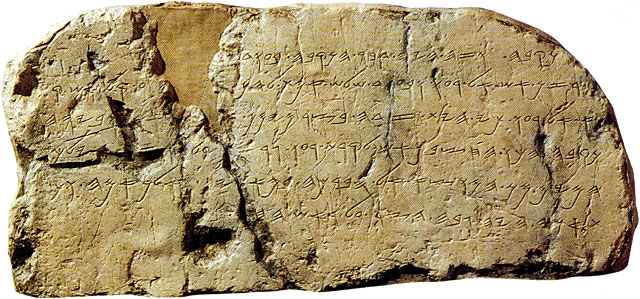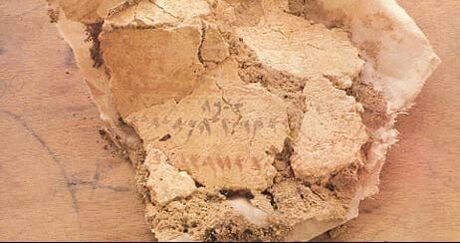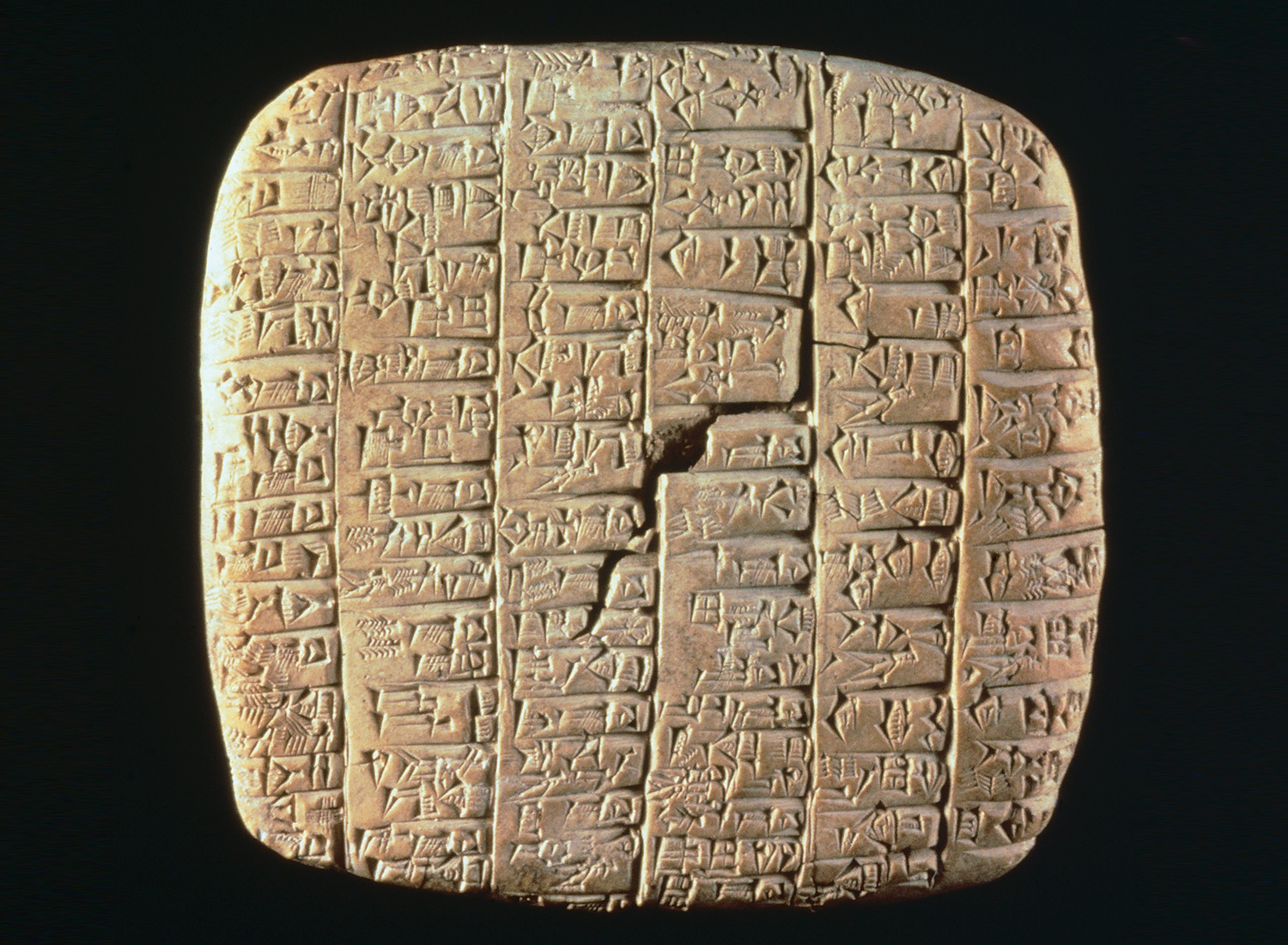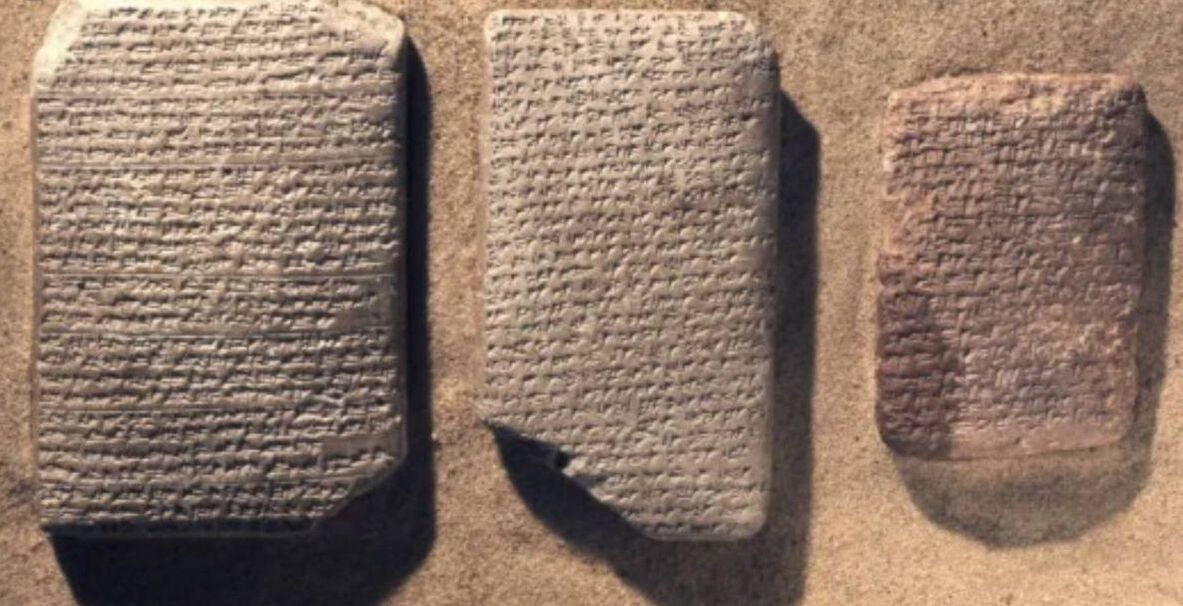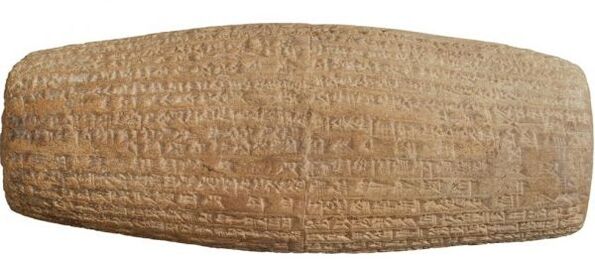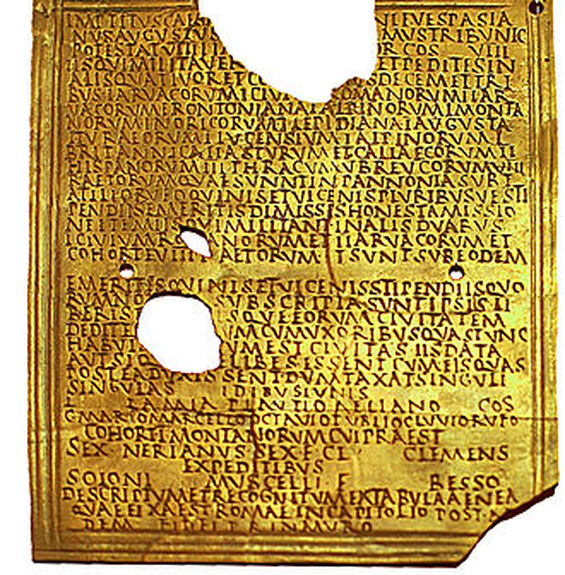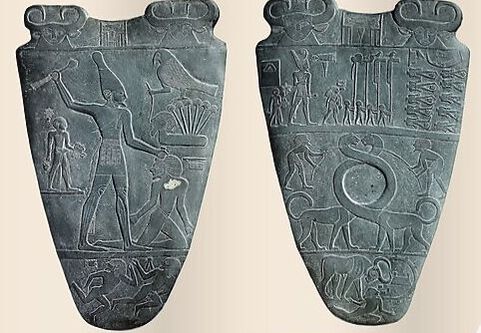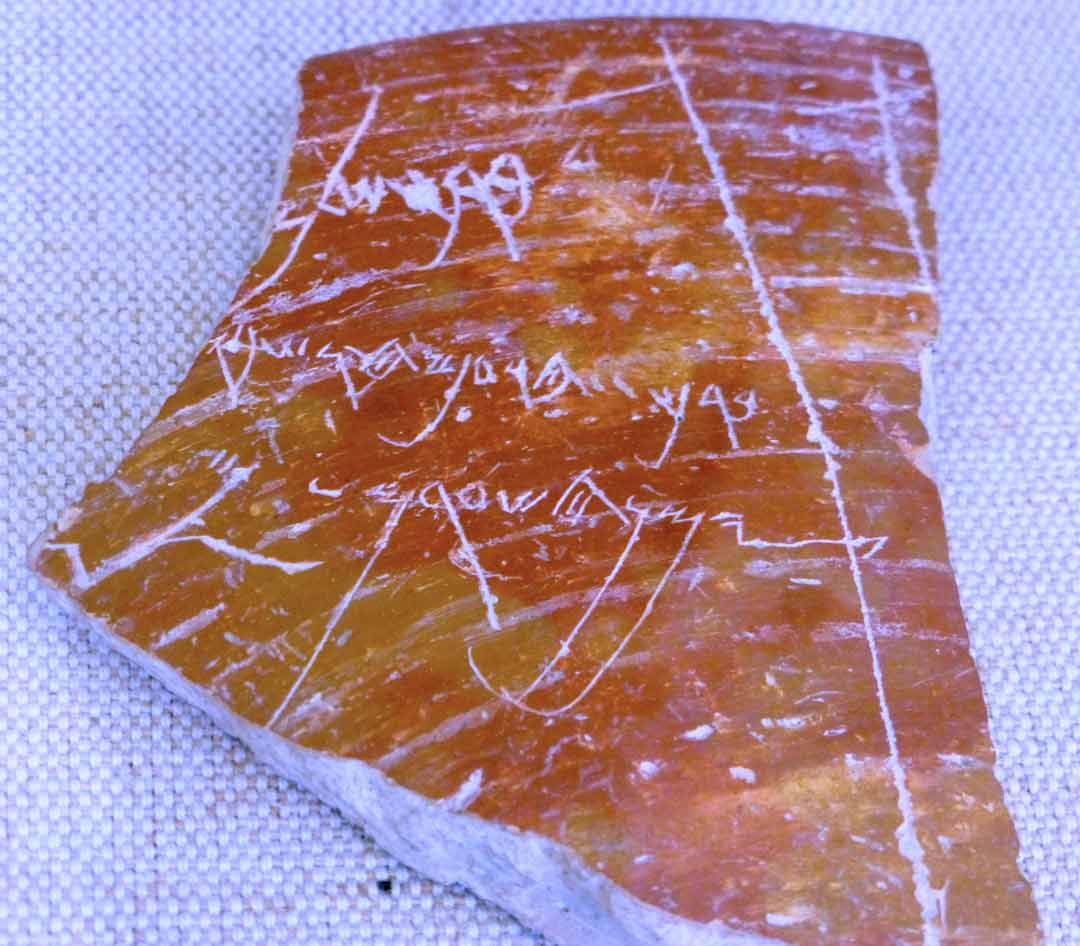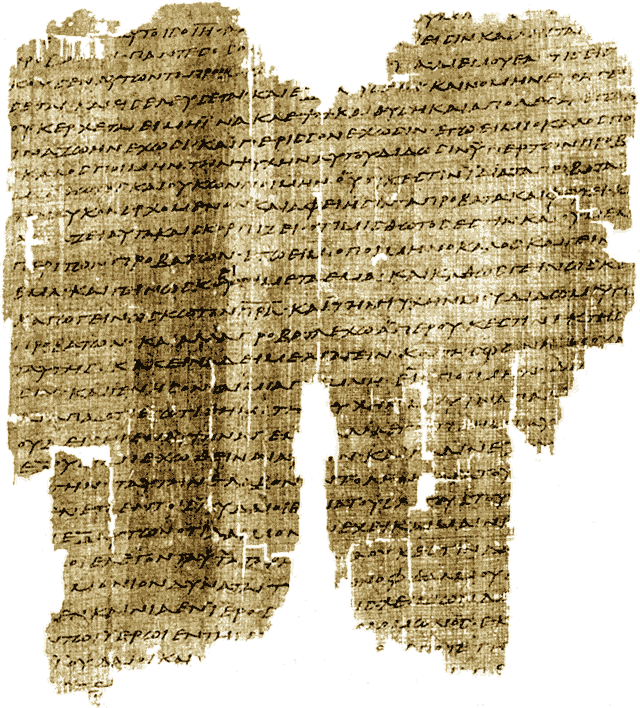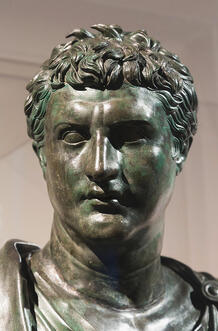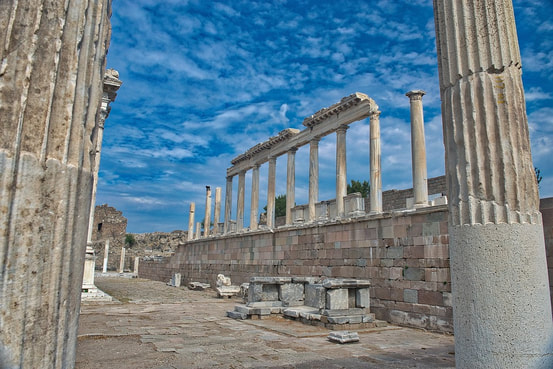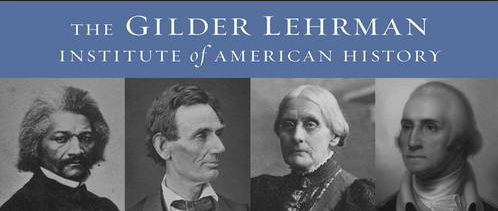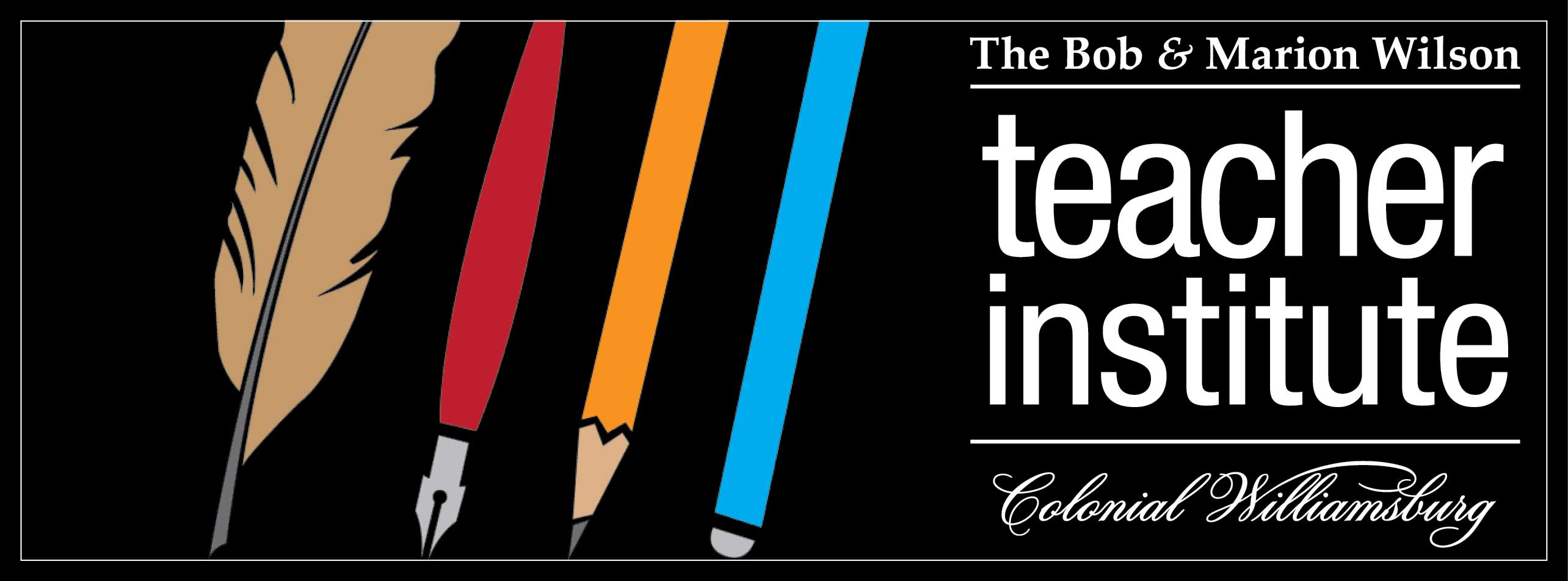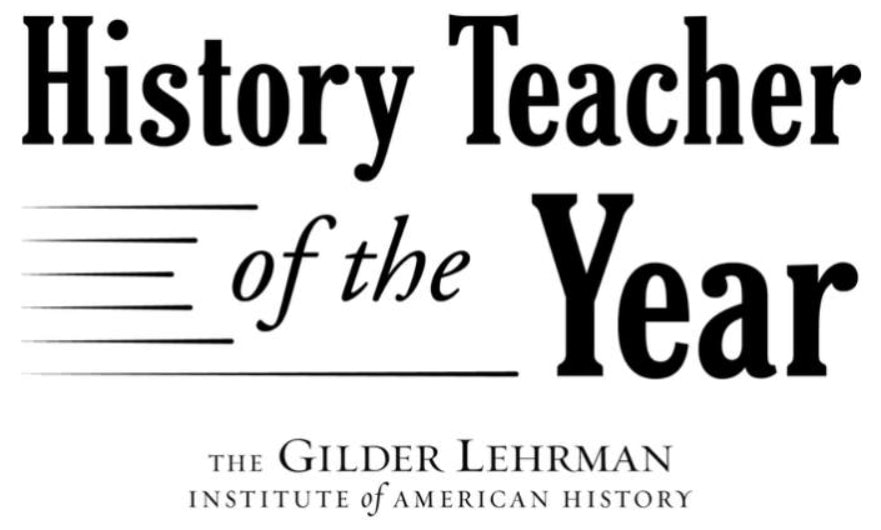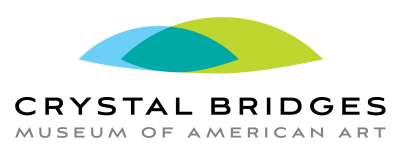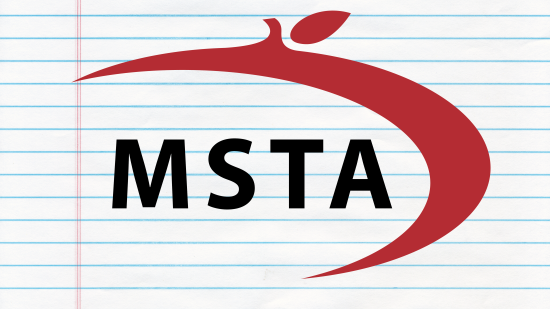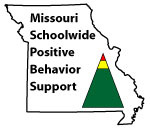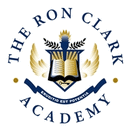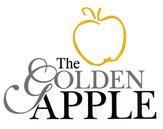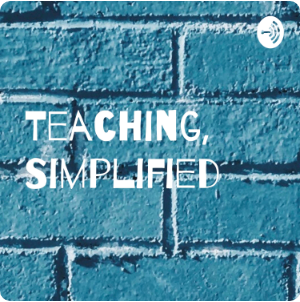beginning at 7:00 pm on Wednesdays.
at the church of Christ in Carthage, Missouri, south of the Ford dealership
PLEASE JOIN US!
| If you were in the wilderness, with a need to communicate, but you had no materials, what in nature might you use to leave a message behind? Rocks? Sticks? Plant juice? Insects? Flower petals? Mud? The first people to communicate through pictures or words must have had few choices until things became more standardized for them. The stones pictured here (left) are the (in)famous Dare Stones. According to the Brenau University website: |
The famous – and, to some, infamous – Dare Stones have been a part of Brenau University lore since the late 1930s. It is a collection of a large number of engraved rocks that emerged at the height of the Great Depression purporting to solve the mystery of The Lost Colony of Roanoke, a group of settlers on an island off the coast of North Carolina that disappeared without a trace in the late 16th century. Although most of the stones are generally regarded as artifacts of artifice, the first remains of great interest to historians and archaeologists. It appears to be a message from one of the colonists, Eleanor White Dare, to her father, John White, the colony’s governor, who returned to America from a three-year trip to England to find his daughter, son-in-law and granddaughter missing along with all the others he had left at Roanoke.
| The Dare Stones have not been completely debunked as fake news, but most scholars lean in the direction that they are considered, as the article says, "artifice" (or artificial), which would indicate that someone, at some point and for some reason, tried to mislead people into believing something about the lost colony. There is archaeological evidence that Roanoke was real (as seen in the display here, right). Had it been successful, colonizing Jamestowne may not have been as necessary. It is recorded that there was an inscription on a tree or post with the word Croatoan; it was one of the only pieces of evidence left to tell that the colonists were ever at Roanoke, but that single word and some probably-fake stones do not do much to help us find the lost colony. There is no written record to tell us what happened to the colonists who disappeared from that location. |
The Three R's
| | In the first chapter of Neil Lightfoot's book, How We Got the Bible, we read about early forms of written communication. Those come, of course, in the forms of wall paintings and hieroglyphics, carved and pressed into hardening clay. It is not a coincidence that the Bible comes to us from a time after the written word becomes more commonplace. It would be quite burdensome to write or read our 66 books from clay tablets! This chapter speaks about two things: the development of standardized symbols for communication and the materials used for writing and upon which to write (paper of sorts). |
| In nearby Tahlequah, Oklahoma, you might learn about Sequoyah's Cherokee alphabet. Based on the language of that nation, Sequoyah was able to bring a new form of civilization to his people. Indeed alphabets and writing systems vary from region to region. The video above might make us chuckle, but imagine trying to learn Chinese (right)! Those cannot be called letters, and they shouldn't be called an alphabet. They could be called characters, and they are made of eight strokes, which are combined to form 256 different radicals, which are them put together to make the characters, of which one, two, or three form a word. Check out the Sapore di Cina website for a short tutorial. | Think not only about the Egyptian hieroglyphics, but also the right-to-left reading Hebrew or the Arab alphabet (left). Imagine reading a text vertically rather than as we are accustomed. As much as we have discussed ancient languages, things become even more complicated when we think about written languages. For a quick history of writing the alphabet, we should view the presentation here (left). This video also gives us an introduction to the rest of our class. Guiding Questions:
|
| Concerning Scripture, Lightfoot makes the following observation: Knowing something of the early history of writing and the origin of ancient books will provide an interesting background for the history of the Bible and at the same time contribute immeasurably to an understanding of the life situations in which the Word of God had its birth. After some paragraphs referencing early writing, he also answers the critics who claim that Moses could not possibly have written the first five books of the Bible. Those skeptics say that "writing was unknown in the days of Moses..." Lightfoot responds: We now know that writing was practiced many centuries before Moses and that an alphabetic script was in use in the vicinity of Sinai. Indeed, as least five different systems of writing are known to have existed in the general area of Syria-Palestine when Moses lived... |
Media Timeline
Much of the archaeological evidence has been revealed in the past 50 years. Is it a coincidence that the tablets, cylinders, stelae, steps, engravings, relief carvings, and murals were done on materials that would withstand the passing of time AND that modern technology is just recently bringing these items into the light and confirming that they are authentic? Might the dual timing a part of the Providence of God at a time when people are more skeptical of faith and in need of more physical evidence?
How do we go from stone to paper? Let's go to the book to review these points along a timeline.
Deuteronomy 10:1-5
|
| | Wood and Wax Numbers 17:2f; Ezekiel 37:16f
Isaiah 30:8; Habakkuk 2:2
|
Job 8:11
|
|
|
|
|
Do It YourselfThe instructions look simple enough, and we hope to have great results as we make our own paper! This video explains the process. All we need are bits of old paper, some water, and a few odd leaf and flower pieces for the finishing touch. For equipment, we only need a blender, a screen, an iron, and some towels. Soon, we'll have some unique paper. It's not exactly papyrus, but it will be special. | |
From Scroll to Codex
| | Chapter Two of How We Got the Bible describes a progression from scrolls to codex. To make a scroll, papyrus pages were glued end to end to make a continuous sheet. This long string of pages were then rolled onto two "rods". As the long page is unrolled from one rod, it is rolled onto the other, making for a rather difficult process, especially when considering the size and weight of the scroll. Our text informs us that these rolls could be 32-35 feet long. Let's take some time to measure that out and see it for ourselves. Text was arranged in columns three or four inches wide and nine or ten inches high. |
It is fairly easy for us to understand how a codex came about from this. To form a codex, sheets of papyri or parchment were stacked and stitched together on one side. These bound codices were more like our modern books. They are easier to carry, and more could be contained in one volume.
Neil Lightfoot wrote, "It has been said that the inventor of the codex belongs with other nameless benefactors of mankind such as the inventor of the wheel and the devisor of the alphabet." Then, he also observed, "More and more it seems that the codex may very well be a Christian innovation. If not, we know at least that Christians were the first to make extensive use of the codex."
Our focus for this study hinges on answering these two big questions. The goal is to get closer to the answers each week in our class.
Is the Bible accurate and dependable?
We contend that the Bible and everything it contains is supported by:
|
|
|
So how important is it to you that the Bible can be proven true? Do you believe there is irrefutable evidence to its validity? Is proof something that strengthens your personal faith in the existence of God?
Should faith alone be enough to drive you to drive you to your knees? Is "blind" faith a stronger kind of faith? If so, then why did God provide so much evidence?
